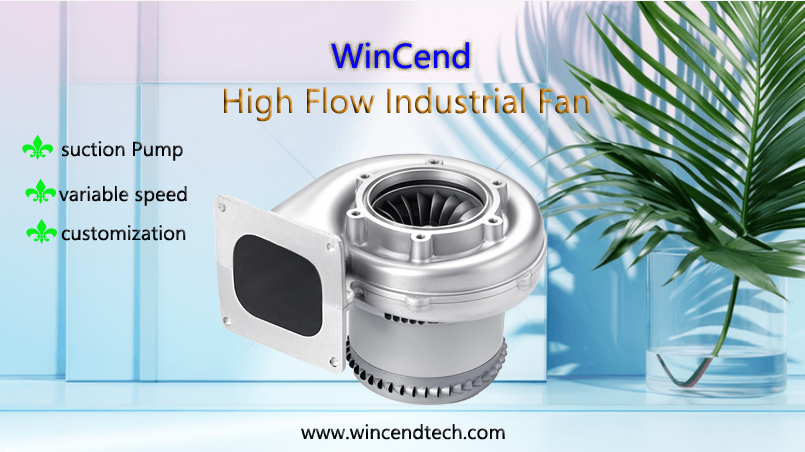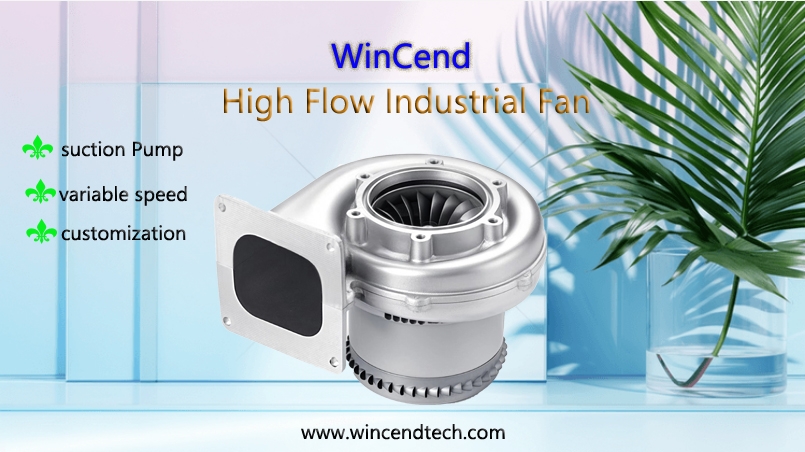In the intricate world of printed circuit board (PCB) manufacturing, every component and process plays a crucial role in ensuring the quality and performance of the final product. Among these, high-pressure fans have emerged as indispensable tools, driving innovation and efficiency in PCB production lines.

Applications of High-Pressure Fans in PCB Manufacturing
High-pressure fans are versatile devices that find numerous applications within PCB manufacturing facilities. Here are some key areas where they are indispensable:
-
Cooling Systems: PCB manufacturing involves numerous heat-generating processes such as soldering, etching, and lamination. High-pressure fans are crucial in cooling these systems, preventing overheating and ensuring optimal performance of equipment. By efficiently circulating air, they maintain a stable temperature environment, which is vital for the precision required in PCB production.
-
Ventilation and Exhaust: Effective ventilation is essential to remove harmful fumes and particles generated during PCB manufacturing processes. High-pressure fans facilitate this by providing robust airflow, ensuring a safe and healthy work environment for operators. They also play a pivotal role in exhaust systems, helping to ventilate large spaces quickly and efficiently.
-
Drying and Curing: In processes like inkjet printing and coating, high-pressure fans are used to accelerate drying and curing times. By creating a controlled airflow, they ensure even and consistent drying, enhancing the quality and durability of PCBs.
-
Cleanroom Environments: PCB manufacturing often requires cleanroom conditions to minimize contamination. High-pressure fans are used in cleanroom air handling systems to maintain a constant and filtered airflow, preventing particles from settling on PCBs and compromising their integrity.
Advantages of Using High-Pressure Fans in PCB Manufacturing
The integration of high-pressure fans in PCB manufacturing offers a multitude of benefits, making them an invaluable addition to any production line:
-
Enhanced Efficiency: High-pressure fans are designed to deliver high airflow at low energy consumption. This efficiency translates into reduced operational costs and a lower carbon footprint for PCB manufacturers. They also enable faster processing times, boosting overall productivity.
-
Improved Reliability: The robust construction and reliable performance of high-pressure fans ensure minimal downtime and maintenance requirements. This reliability is critical in maintaining the continuous operation of PCB manufacturing lines, minimizing disruptions and maximizing output.
-
Flexibility and Versatility: High-pressure fans come in various sizes and configurations, allowing them to be tailored to specific needs within PCB manufacturing facilities. Their versatility makes them suitable for a wide range of applications, from small-scale prototype production to large-scale industrial manufacturing.
-
Consistency and Quality: By providing consistent airflow, high-pressure fans help maintain uniform conditions throughout PCB manufacturing processes. This consistency is essential for achieving high-quality PCBs with consistent performance characteristics.
Conclusion
In the competitive landscape of PCB manufacturing, high-pressure fans represent a significant advancement in process efficiency and reliability. Their diverse applications and numerous advantages make them indispensable tools for modern PCB production lines. By incorporating high-pressure fans, PCB manufacturers can enhance their operational efficiency, reduce costs, and improve the quality and consistency of their products. As the industry continues to evolve, the role of high-pressure fans in driving innovation and productivity will only become more prominent.
